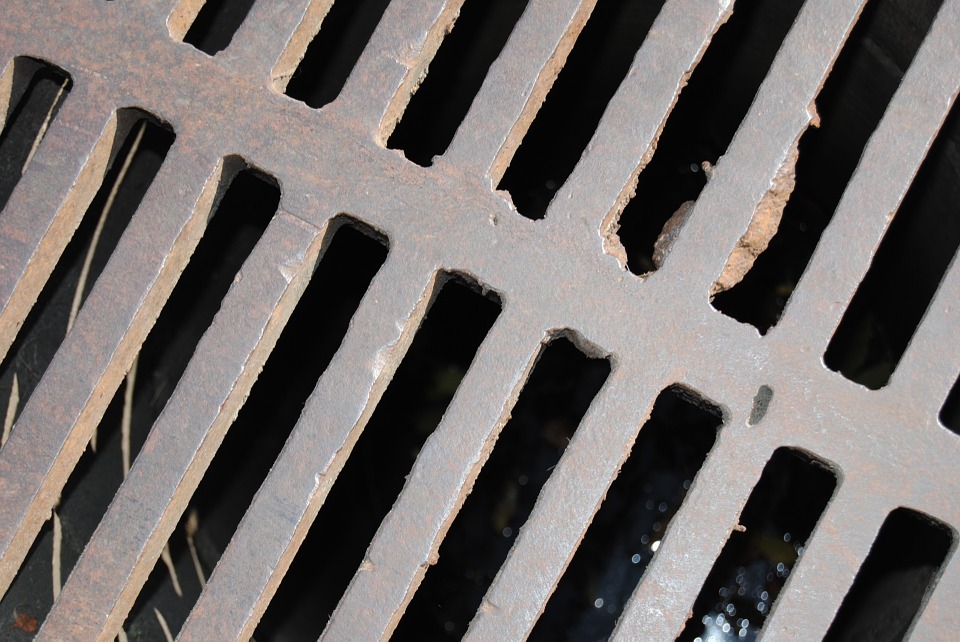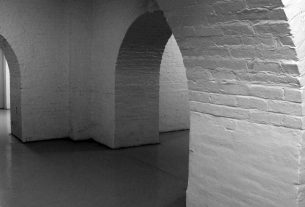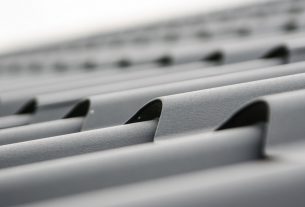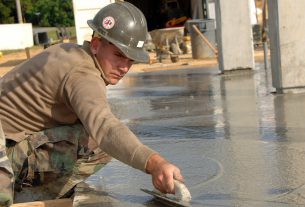Basements usually leak because water is collected around your home’s foundation. That accumulation of moisture could cause a hydrostatic pressure buildup that could force water through cracks, usually along joints wherein the walls and the floor meet. You should always remember that basement floors rarely leak unless cracks are present. Here are several kinds of basement waterproofing systems you could use as possible and effective solutions to basement leaking hassles in your home.
Hollow baseboard molding
There is a hollow PVC baseboard that is glued using waterproof epoxy across that joint where walls meet the floor. A hollow channel that is created by this baseboard would collect seeping water through several weep holes. The accumulated moisture would then be sent into a sump pump. This system could be less costly compared to several other types of waterproofing systems for your basement.
Sump pumps
These pumps would collect water (building up around the building foundation) through several pipes under the basement. The pipes are then connected to perforations in a sump pump well. Sump pump system usually relies on hydrostatic pressure buildup so that water could be forced into a sump pump well. The system is quite limited in the coverage area. Several sump pump systems could be required specifically in basements with larger areas.
French drain system
The system is buried within leaking perimeter walls underneath the basement floor. This drain system consists of perforated plastic pipes that are connected to any sump pump. To prevent the creation of weep holes that could collect water seepage, pipes are strategically covered with an adequate amount of cement.
Interior sealants
This system technically involves the application of water sealant spread across interior floors and walls of any basement. Interior sealants could help control and prevent dampness, which is often a result of mildew and mold problems. Good waterproofing sealants are usually used as support to hollow baseboard molding, sump pump, and French drain systems.
Humidifiers
These could bring about additional support for sealants in your interior wall. They usually help control the accumulation of moisture and dampness in any type of basement. However, humidifiers are not recommended for basements with water leakage problems arising from cracks in walls.
Ventilation system
At times, the leaking problem could be caused by condensation arising from poor or unlikely ventilation of a basement. If such is the problem, it is best to simply install a reliable basement ventilation system that could effectively correct this kind of problem.
Moreover, always remember that basement waterproofing is very important because that part of your home serves as the basic foundation that is supporting your structure. Effective waterproofing surely is a preventive measure that would be most ideal for maintaining your home’s dryness and freedom from any basement leaking problem. If you aim not to encounter any unlikely hassle from basement flooding or leaking, you should always make sure that part of your home is properly designed and is equipped with the appropriate basement waterproofing system.





